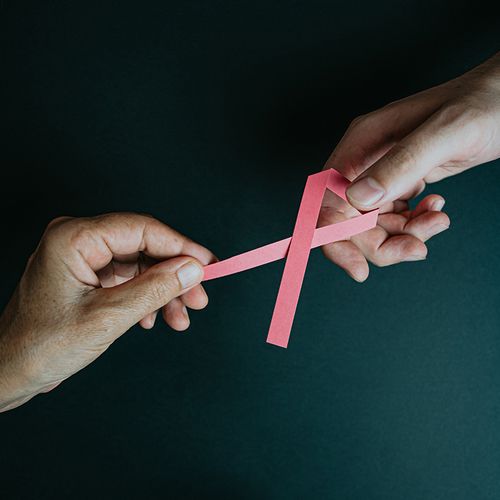A 3-D view of breast tissue may give women a more accurate method of detecting breast cancers, according to a trial of a new technology called stereoscopic digital mammography.
False-positive results were almost cut in half with stereo mammography, said the technology's developer David Getty, PhD, a division scientist at BBN Technologies in Cambridge, Massachusetts
"These are women who at the moment are getting a call back from a radiologist saying some thing suspicious has been found," he explained. However, after subsequent testing, "most of them are finding out there was nothing there," Dr. Getty added. "Being able to cut that number in half would have a dramatic impact" in reducing both patient anxieties and cost, he said.
A second benefit to the new technology lies in "finding lesions that are being missed on standard mammography. Most of them will turn out to be benign, but some additional cancers will be found," Dr. Getty said.
The Study
The five-year trial, conducted at Emory University in Atlanta focused on nearly 1,100 women at elevated risk for breast cancer. According to Dr. Getty, the trial was a collaboration with Carl D'Orsi, MD, the director of Emory's breast imaging center.
Study Findings
Results so far show that stereo mammography reduced false-positives by 49%. The stereoscopic equipment failed to detect 24 out of 109 cancerous lesions, compared to 40 out of 109 lesions not found through standard digital mammography, Dr. Getty said.
Another advantage of the stereoscopic digital mammography is that it is much better at picking up cluster calcifications (that) can be associated with malignancy," Dr. Getty added.
How It Works
This technology also allows radiologists to get a picture of the entire breast volume in a slice-by-slice view. "It certainly helps, because you're seeing all of the tissue in depth," Dr. Getty explained. The capacity of mammography to detect problems in dense breasts is not an issue with the stereoscopic digital equipment because it doesn't look as dense, because tissue is being spread out in depth," he said.
A stereoscopic mammogram image works on principles similar to the old Viewmaster slide viewers used by children, Dr. Getty explained.
Each of two images inserted in the Viewmaster were channeled to a different eye, and the brain's "visual cortex—the magician in all this—then combines the two images, artificially recreating what your two eyes normally create when you walk around in a three-dimensional world," Dr. Getty said. Similarly, the viewing monitor for stereo mammography merges two distinct images to create a 3-D look at tissue.
Expert Reaction
"Stereo mammography is a step in the right direction, but it is not a breakthrough," said David Bluemke, MD, PhD, a professor of radiology and medicine at Johns Hopkins Medical Institutions in Baltimore. True 3-D tomographic imaging of the breast is ultimately needed." By giving radiologists a view of slices through the breast, 3-D tomography would allow them to see lesions that are otherwise obscured by being superimposed on normal breast tissue, he explained.
Stereoscopic digital mammography "seems very promising," added Kristin C.Byrne, MD, the chief of breast imaging at Lenox Hill Hospital in New York City. "It would make mammography that much better."
With current technology, the problem of calling back a woman whose breasts show a suspicious area is that radiologists often can't find that same suspicious tissue in a second view, so the woman has to follow-up with further monitoring in another six months or have a biopsy, she noted.
Better Breast Cancer Detection
In a recent study, 969 women who had recently been diagnosed with cancer in one breast but had no abnormalities in the opposite breast (based on mammography and clinical examination) where given a magnetic resonance imaging (MRI) scan. In 30 women, the scans revealed opposite-breast malignancies missed by the standard testing methods.
Theory: MRI scans evaluate the subtle differences in blood flow of cancerous tissue versus normal tissue.
If you have breast cancer or are at high risk (due to family history): Ask your doctor about receiving an MRI scan in addition to your mammogram.
